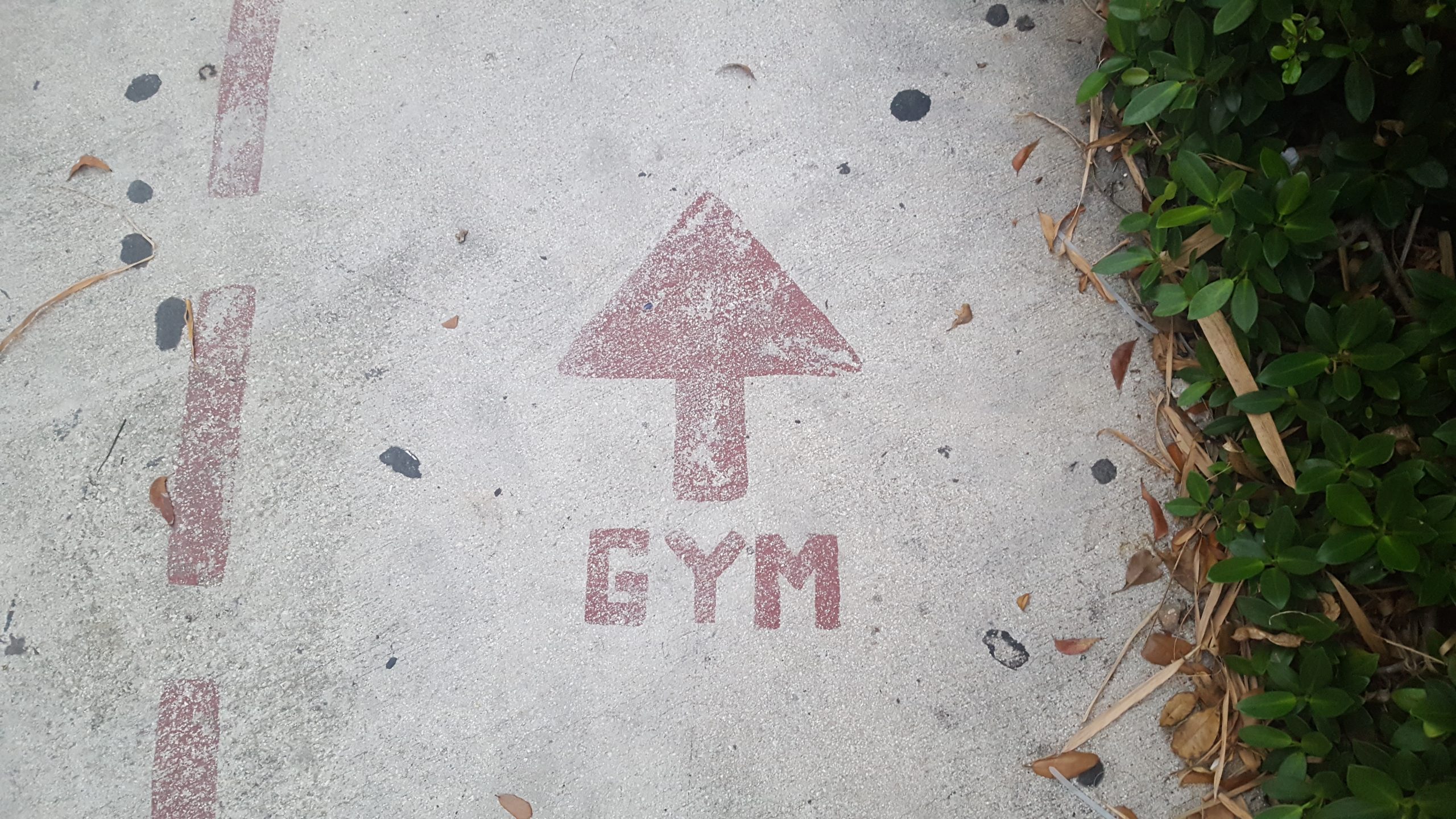Take Your Running to the Next Level: Power up with Cross-Training
Table of Contents
Enhancing Your Running Performance
As a runner, you’re constantly seeking ways to improve your performance and reach new milestones. While running itself is a fantastic way to build endurance and cardiovascular fitness, strength training and cross-training can take your running to the next level.
The Importance of Strength Training for Runners
Strength training plays a crucial role in improving running performance. It helps to build muscle strength, power, and endurance, which are all essential for a strong and efficient running stride. By incorporating strength training into your routine, you can enhance your running economy, reduce the risk of injuries, and boost overall athletic performance.
Strength training exercises for runners focus on developing the muscles that are directly involved in running, such as the legs, hips, and core. These exercises include squats, lunges, deadlifts, and calf raises, among others. For a comprehensive list of strength exercises specifically designed for runners, check out our article on strength exercises for runners.
Introducing Cross-Training for Runners
Cross-training is another valuable component of a well-rounded training program for runners. It involves engaging in activities other than running to complement and enhance your running performance. Cross-training provides numerous benefits, including improved overall fitness, injury prevention, and enhanced running performance.
By incorporating activities like swimming, cycling, yoga, and pilates into your routine, you can target different muscle groups, improve flexibility, and prevent overuse injuries. These activities also provide a break from the repetitive impact of running while still providing a challenging workout.
For runners, strength training is especially important as a cross-training activity. It helps to address muscular imbalances, strengthen the core, and improve running form and efficiency. Strength training exercises can be done using free weights, resistance bands, or body weight. To learn more about designing a strength training program specifically for runners, refer to our article on strength training program for runners.
By incorporating both strength training and cross-training into your routine, you can maximize your running potential, improve your performance, and reduce the risk of injuries. Remember to listen to your body, set realistic goals, and stay consistent with your training. Enjoy the process of becoming a stronger, more resilient runner.
Benefits of Cross-Training
Cross-training is an excellent way to complement your running routine and take your performance to the next level. By incorporating different types of exercises into your training regimen, you can reap a variety of benefits that will enhance your overall fitness, prevent injuries, and improve your running performance.
Improved Overall Fitness
Engaging in cross-training activities helps to improve your overall fitness level by targeting different muscle groups and energy systems. Running primarily focuses on cardiovascular endurance and lower body strength, but cross-training allows you to work on other areas of fitness such as upper body strength, flexibility, and balance.
By incorporating activities like swimming, cycling, yoga, or strength training into your routine, you’ll develop a more well-rounded fitness profile. This can lead to improved muscular balance, increased stamina, and enhanced overall physical performance. Additionally, the variety of exercises involved in cross-training keeps your workouts interesting and helps prevent boredom.
Injury Prevention
One of the significant advantages of cross-training for runners is its ability to help prevent injuries. Running is a high-impact activity that puts stress on your joints, tendons, and muscles, making runners more prone to overuse injuries.
Cross-training allows you to give your body a break from the repetitive impact of running while still working on your cardiovascular fitness and strength. By incorporating low-impact activities like swimming or cycling, you can maintain your aerobic endurance without putting excessive strain on your joints. This helps to reduce the risk of overuse injuries and provides an opportunity for active recovery.
Enhanced Running Performance
Perhaps one of the most significant benefits of cross-training for runners is its positive impact on running performance. Engaging in activities that target different muscle groups and energy systems can help improve your running efficiency, speed, and endurance.
For example, strength training exercises targeting the lower body can improve your leg strength and power, allowing you to generate more force with each stride. This can lead to increased running speed and improved running economy. Core strengthening exercises, on the other hand, can enhance your stability and posture, which are crucial for maintaining proper running form and reducing the risk of injury.
By incorporating cross-training into your routine, you’ll be able to address the specific needs of your body that running alone may not fully address. This comprehensive approach to training can help you become a stronger, more efficient runner and take your performance to new heights.
Incorporating cross-training exercises into your routine can provide numerous benefits, including improved overall fitness, injury prevention, and enhanced running performance. To learn more about specific cross-training exercises for runners, check out our articles on strength exercises for runners and core exercises for runners. Remember to listen to your body, set realistic goals, and stay consistent with your training to maximize the benefits of cross-training.
Types of Cross-Training for Runners
To level up your running performance, cross-training is a valuable addition to your training routine. Cross-training involves engaging in activities other than running that complement and enhance your overall fitness. By incorporating different forms of exercise, you can improve your strength, prevent injuries, and boost your running performance. Here are some popular types of cross-training for runners:
Swimming
Swimming is an excellent low-impact exercise that provides a full-body workout. The water’s buoyancy reduces the stress on your joints, making it an ideal cross-training activity for runners. Swimming engages various muscle groups, improves cardiovascular endurance, and enhances lung capacity. Additionally, swimming helps to improve your flexibility and can aid in the recovery process after intense running sessions.
Cycling
Cycling is another low-impact exercise that offers a great cardiovascular workout while minimizing the impact on your joints. Whether you prefer outdoor cycling or using a stationary bike, it provides an effective way to build leg strength and improve endurance. Cycling also targets the muscles in your lower body, including the quadriceps, hamstrings, and glutes. It can be an enjoyable way to explore new routes and add variety to your training routine.
Yoga and Pilates
Yoga and Pilates are excellent choices for runners looking to improve flexibility, core strength, and overall body awareness. These practices focus on controlled movements, stretching, and strengthening exercises. Yoga helps to release tension in tight muscles, improve balance, and enhance breathing techniques. Pilates, on the other hand, focuses on core strength, stability, and alignment. Both yoga and Pilates can aid in injury prevention, promote relaxation, and improve mental focus.
Strength Training
Strength training is an essential component of cross-training for runners. It helps to build muscular strength, power, and endurance, which can enhance your running performance and reduce the risk of injuries. Incorporating exercises targeting the major muscle groups, such as squats, lunges, deadlifts, and upper body exercises, can help improve your overall strength and stability. Check out our article on strength training for runners for more information.
By incorporating these types of cross-training into your routine, you can reap the benefits of improved overall fitness, injury prevention, and enhanced running performance. Remember to listen to your body, choose activities that you enjoy, and find a balance between cross-training and running. Each form of cross-training offers unique advantages that can complement your running goals and contribute to your overall well-being as a runner.
Incorporating Cross-Training into Your Routine
To take your running to the next level, it’s important to incorporate cross-training into your routine. Cross-training involves engaging in different forms of exercise that complement your running workouts. In this section, we will explore how to determine the right frequency of cross-training, how to balance it with running, and how to create a cross-training plan that works for you.
Determining the Right Frequency
When it comes to cross-training, finding the right frequency is key. You want to strike a balance between giving your body enough time to recover from your running workouts while still reaping the benefits of cross-training. As a general guideline, aim to cross-train 2-3 times per week, depending on your running schedule and fitness level.
It’s important to listen to your body and make adjustments as needed. If you’re new to cross-training, start with 1-2 sessions per week and gradually increase the frequency as your body adapts. Remember, recovery is just as important as the training itself. Rest days are crucial for allowing your muscles to repair and rebuild, so be sure to incorporate rest days into your weekly schedule.
Balancing Cross-Training with Running
Finding the right balance between cross-training and running is essential to avoid overtraining and injury. Cross-training should complement your running workouts, not replace them entirely. The amount of time dedicated to cross-training will depend on your running goals, training intensity, and personal preferences.
Aim to incorporate cross-training on the days when you’re not running or during easy run days to allow for recovery. For example, you can alternate between running and cross-training days throughout the week. This approach helps to maintain cardiovascular fitness while giving your running muscles a chance to recover. It’s important to strike a balance that works for you, taking into account your fitness level and training goals.
Creating a Cross-Training Plan
To effectively incorporate cross-training into your routine, it’s helpful to create a structured plan. Start by identifying the types of cross-training activities that interest you and complement your running goals. Popular options for runners include swimming, cycling, yoga and Pilates, and strength training.
Once you’ve chosen your preferred cross-training activities, determine the frequency and duration of each session. Create a weekly schedule that includes specific cross-training days and times. This will help you stay organized and committed to your cross-training routine.
Be sure to include a variety of cross-training exercises that target different muscle groups and aspects of fitness. For strength training, focus on exercises that improve lower body strength, such as squats and lunges. Core strengthening exercises, like planks and Russian twists, are also beneficial for runners. For more details on specific exercises, check out our articles on strength exercises for runners and core exercises for runners.
Remember, consistency is key. Stick to your cross-training plan and make adjustments as needed based on your progress and how your body responds. Stay committed, enjoy the process, and reap the benefits of cross-training to enhance your running performance.
By incorporating cross-training into your routine, you’ll not only improve your overall fitness but also reduce the risk of injury and enhance your running performance. So, lace up your running shoes, dive into the pool, hop on a bike, or hit the mat for some yoga or Pilates. Your body will thank you for the well-rounded training approach.
Cross-Training Exercises for Runners
Cross-training plays a vital role in enhancing your running performance by strengthening different muscle groups, improving overall fitness, and reducing the risk of injuries. Incorporating a well-rounded cross-training routine into your training plan can take your running to the next level. Here are some cross-training exercises that specifically target different areas of your body to support your running endeavors.
Strength Exercises for Lower Body
Building strength in your lower body is crucial for runners. These exercises help to develop power, stability, and endurance in the muscles used during running.
| Exercise | Muscles Targeted |
|---|---|
| Squats | Quadriceps, Hamstrings, Glutes |
| Lunges | Quadriceps, Hamstrings, Glutes |
| Deadlifts | Hamstrings, Glutes, Lower Back |
| Calf Raises | Calves |
By performing these exercises regularly, you can strengthen your lower body muscles, improve running efficiency, and reduce the risk of common running-related injuries. For more detailed instructions on specific strength exercises for runners, check out our article on strength exercises for runners.
Core Strengthening Exercises
A strong core provides stability and balance, which are essential for maintaining proper running form and preventing injuries. Incorporating core strengthening exercises into your cross-training routine can greatly benefit your running performance.
| Exercise | Muscles Targeted |
|---|---|
| Plank | Abdominals, Obliques, Lower Back |
| Russian Twists | Obliques, Abdominals |
| Mountain Climbers | Abdominals, Hip Flexors |
| Bicycle Crunches | Abdominals, Obliques |
Including these core exercises in your cross-training routine can improve your running posture, increase endurance, and enhance overall stability. For more core exercises tailored for runners, refer to our article on core exercises for runners.
Flexibility and Mobility Exercises
Flexibility and mobility are crucial for maintaining a balanced and efficient running stride. Incorporating stretching and mobility exercises into your cross-training routine can help improve your range of motion and prevent muscle imbalances.
| Exercise | Muscles Targeted |
|---|---|
| Standing Quad Stretch | Quadriceps |
| Hip Flexor Stretch | Hip Flexors |
| Hamstring Stretch | Hamstrings |
| IT Band Foam Rolling | Iliotibial (IT) Band |
By regularly performing these flexibility and mobility exercises, you can improve your running mechanics, reduce the risk of muscle tightness, and enhance overall performance. For more information on how to incorporate flexibility exercises into your routine, refer to our article on stretching exercises for runners.
Incorporating these cross-training exercises into your routine can help you become a stronger, more resilient runner. Remember to listen to your body, gradually increase the intensity of your workouts, and consult with a fitness professional if you have any specific concerns or limitations. Stay consistent, focus on your goals, and enjoy the process of becoming a well-rounded athlete.
Tips for Successful Cross-Training
To maximize the benefits of cross-training and take your running to the next level, it’s important to keep a few key tips in mind. By following these guidelines, you can ensure that your cross-training efforts are effective and enjoyable.
Listen to Your Body
One of the most important aspects of successful cross-training is listening to your body. As a runner, you’re already familiar with the importance of tuning in to the signals your body sends. When it comes to cross-training, it’s crucial to pay attention to any signs of fatigue, discomfort, or pain.
If you experience any pain or discomfort during a particular exercise or activity, it’s essential to modify or adjust your routine accordingly. This could mean reducing the intensity, duration, or frequency of the exercise. It’s better to prioritize your safety and well-being rather than push through and risk injury. Be sure to consult with a healthcare professional if you have any concerns.
Set Realistic Goals
When incorporating cross-training into your routine, it’s important to set realistic goals. Cross-training can be a valuable tool for improving your running performance, but it’s essential to have clear and attainable objectives. By setting realistic goals, you can stay motivated and track your progress effectively.
Start by identifying what you want to achieve through cross-training. This could be increasing your overall fitness, preventing injuries, or enhancing specific aspects of your running performance. Once you have your goals in mind, break them down into smaller, achievable targets. This will help you stay focused and provide a sense of accomplishment along the way.
Stay Consistent and Enjoy the Process
Consistency is key when it comes to cross-training. To reap the benefits, stay consistent with your chosen cross-training activities. Incorporate cross-training into your weekly schedule and make it a regular part of your routine. Strive for a balanced approach that includes a mix of cross-training and running.
Remember to enjoy the process of cross-training. Find activities that you genuinely enjoy and look forward to. Whether it’s swimming, cycling, yoga, or strength training, choose activities that align with your interests and preferences. This will make it easier to stay motivated and committed to your cross-training program.
By listening to your body, setting realistic goals, and staying consistent and enjoying the process, you can make the most of your cross-training efforts. Remember, cross-training is a complement to your running routine, helping you become a stronger and more well-rounded runner. For more information on strength training for runners, check out our article on strength training for runners.








